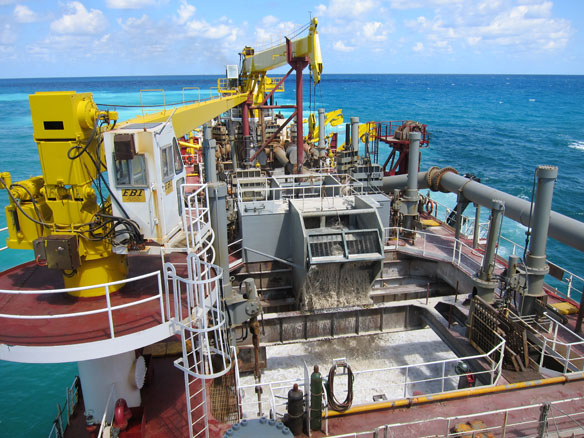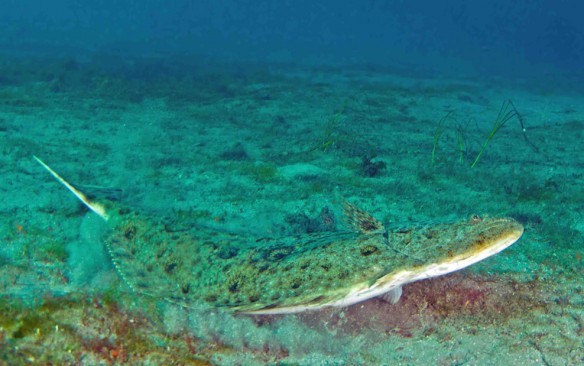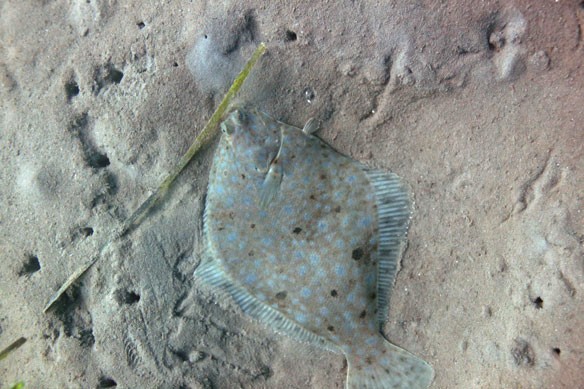
Onboard a sand dredger, Miami, Florida.
“Sand is the second most consumed natural resource, after water. The construction-building industry is by far the largest consumer of this finite resource. The traditional building of one average-sized house requires 200 tons of sand; a hospital requires 3,000 tons of sand; each kilometer of highway built requires 30,000 tons of sand… A nuclear plant, a staggering 12 million tons of sand…”Captions and Photograph by “Sand Wars” Award-Winning Filmmaker: Denis Delestrac. ©2013
By NOAA;
“Thar’s sand in them thar hills!”
That’s probably not what the early California explorers originally said (or thought) during the height of the gold rush in 1849. Sand, not gold, has since become one of the world’s most precious and finite resources originating in California’s mountains.
Today, mineral-based sand is an important industrial commodity used in a variety of building materials like cement, fill for highway construction, glass and even silica-based computer chips in cell phones. NOAA Fisheries is working with the U.S. Army Corps of Engineers and industry to understand the effect that sand mining could have on important fish habitat.

The sand provides important habitat for marine life, such as this halibut. Photo: Adam Obaza, NOAA.
San Francisco Bay is a focus of this investigation because it’s a natural repository for sand from the Sierra Nevada Mountains. Over thousands of years, small grains of minerals eroded from granite and metamorphic rock have washed down rivers and streams into San Francisco Bay and nearby waterways. Tides will even carry some of the granite-based sand past the Golden Gate Bridge to form sandbars and beaches near the harbor entrance.
This sand provides a habitat bonanza for marine life including halibut, English sole, anchovies, and sardines. Several fish species use this environment and the open water habitat above the sandy shoals in the bay to spawn, feed, breed or mature.
“San Francisco Bay Estuary is designated as a Habitat Area of Particular Concern (HAPC), a subset of Essential Fish Habitat (EFH) defined under Federal law,” said Sara Azat, a Natural Resource Specialist in Santa Rosa with NOAA Fisheries’ West Coast Region. “This estuary is one of the habitats considered a high priority for the conservation of Federally managed fish species, like ground fish.”

A diamond turbot makes use of camouflage provided by sandy bottom habitat. Photo: Adam Obaza, NOAA.
The Magnuson-Stevens Fishery Conservation and Management Act (MSA) in 1996 defined EFH and called for its designation by NOAA Fisheries. The agency’s regulations implementing requirements for EFH in 2002 included the special category of “HAPC” for important ecological areas that are especially vulnerable to human-induced degradation, like the San Francisco Bay Estuary. These designations are meant to identify and enhance habitat essential for Federally managed fisheries and to minimize impacts to this habitat from fishing or other activities.
Companies have extracted, or mined, sand from various state leases in and around San Francisco Bay for the last 70 years. The ecological role sand plays for fish in deeper waters of the bay (where sand extraction takes place) is not well researched, however. NOAA Fisheries is taking steps to understand the impact of sand mining on fish to help inform the future management of this HAPC.
“We would benefit from more information about the effects of sand extraction on valuable fish habitat and whether the sand is being replenished at a sustainable rate,” said Azat. “Through our consultation with the Army Corps of Engineers (ACOE), the sand mining companies will be monitoring affected habitats. With the information we gain, we will be much better able to make those evaluations and enhancement recommendations.”
Under the MSA, Federal agencies, like the ACOE, must consult with NOAA Fisheries on any proposed action that might adversely affect EFH. If NOAA Fisheries finds that a Federal or state action could adversely affect EFH, then it provides recommendations to the lead agency for actions that can be taken to conserve and enhance the habitat.
Recently, mining companies in the Bay Area filed for permits with the ACOE to remove about 2 million cubic yards of sand, or about the volume of 625 Olympic swimming pools, annually for the next ten years. The ACOE consulted with NOAA Fisheries on the potential impact of this proposal to the EFH in San Francisco Bay, and under section 7 of the Endangered Species Act regarding potential impacts to listed fish species.
As a result of those consultations, the sand mining applicants agreed to fund $100,000 toward habitat restoration in San Francisco Bay. Subsequent to consultation with NOAA Fisheries, the applicants designated an additional $1.2 million to help fund research on the impact to fish species and habitat from sand mining.
In retrospect, the California Gold Rush lasted a mere seven years, devastating the environment with impacts that still linger today. Now, through collaborative efforts with industry, NOAA Fisheries hopes to ensure the protection and enhancement of essential natural sand habitats in California for years to come.
Original Article And Learn More, NOAA
BCDC Approves Sand Mining Permit in San Francisco Bay, Mercury News (04-23-2015)
San Francisco Bay Sand Mining Alarms Conservationists, San Francisco Gate (12-16-2012)
Dredge mining of shoals near Angel and Alcatraz islands and throughout Suisun Bay is robbing the bay of sand that keeps San Francisco’s Ocean Beach from eroding, according to new research by the U.S. Geological Survey…
San Francisco Bay Sand Mining Raises Question About Beach Erosion, SF Examiner (11-15-2012)
The sediment in San Francisco Bay, once thought of as a renewable resource, is eroding and being removed much more quickly than nature replenishes it…
Why S.F. is Moving 42,000 Tons of Sand Down Ocean Beach, San Francisco Gate (12-06-2014)
“Sand, Rarer Than One Thinks”: A UNEP Report (GEA-March 2014)
Sand Wars, An Investigation Documentary, By Award-Winning Filmmaker Denis Delestrac (2013)








